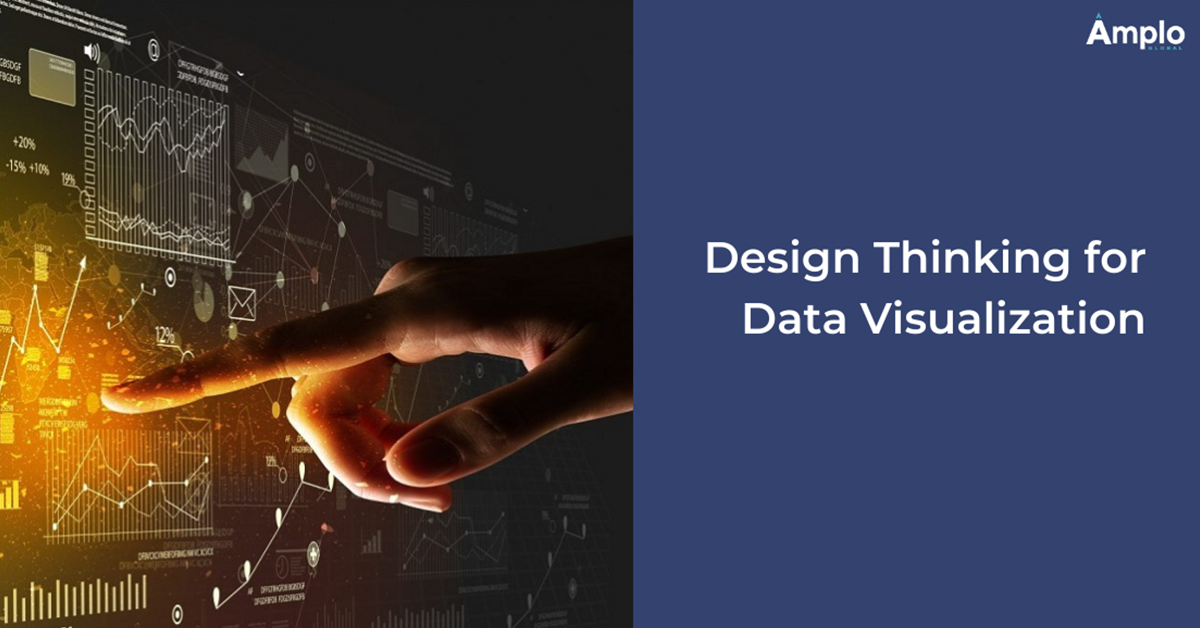Circular Supply Chain
A circular supply chain is one where organizations reduce waste at every stage, right from design and manufacturing to distribution and fulfilment. This approach shifts away from the standard pattern of produce, use and discard, and instead adopts one where the organization is acutely aware of the impact it is having on sustainability. It looks at the bigger picture and attempts to minimize perturbations to it.













